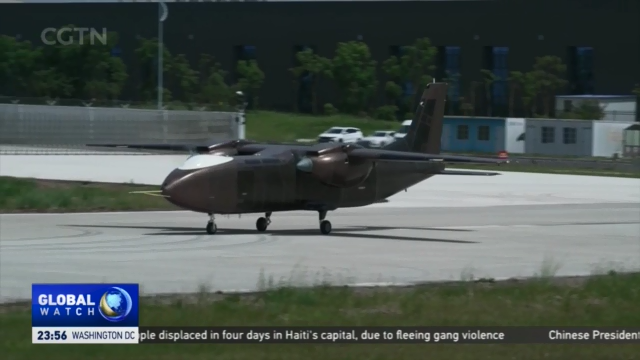


The Zhuhai Air Show, which opened on November 17, 2024, has drawn nearly 600,000 visitors and generated over 280 billion yuan (approximately US$38.7 billion) in orders. This marks a slight decrease from the US$39.8 billion in orders recorded in 2022 and US$40 billion in 2016. The show featured a mix of military and civilian aircraft, including China's J-35A and J-20 stealth fighters, as well as Russia's Su-57 [17819df7].
The event was structured to cater to both professionals and the general public, with the first three days reserved for industry insiders and the last three days open to the public. On the opening day alone, 115,000 visitors attended, with ticket prices ranging from 500 to 2,000 yuan. The number of flights booked for the show increased by 17% compared to the previous year, totaling over 70,000 [17819df7].
In a notable first, the Chinese navy participated in the air show, showcasing its J-15T and J-15D aircraft. The event featured participation from 1,000 companies across 47 countries, highlighting its international significance [17819df7].
Security measures were heightened following a tragic incident earlier in the month, where a car rampage resulted in the deaths of 35 people. Consequently, media access was restricted to ensure safety and order during the event [17819df7].
This year's Zhuhai Air Show not only underscores China's growing military capabilities but also reflects the country's ambitions in the low-altitude economy, as highlighted by Shenzhen's recent investment of 12 billion yuan in drone and flying car technology. The combination of these developments positions China as a significant player in both the military and civilian aviation sectors [d6170020].
As the low-altitude economy continues to expand, with projections estimating a market value of 200 billion USD by 2025, the Zhuhai Air Show serves as a vital platform for showcasing advancements in aerospace technology and fostering international trade relationships [57eaac9f].